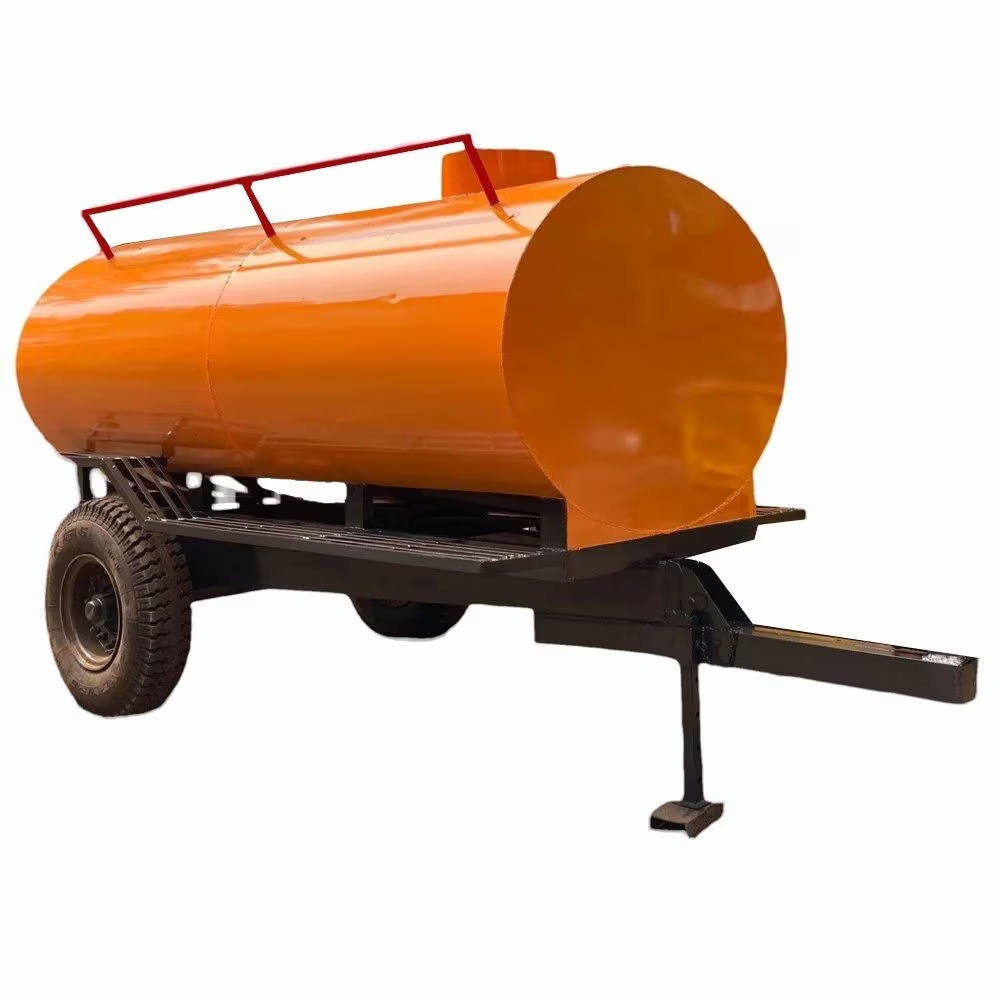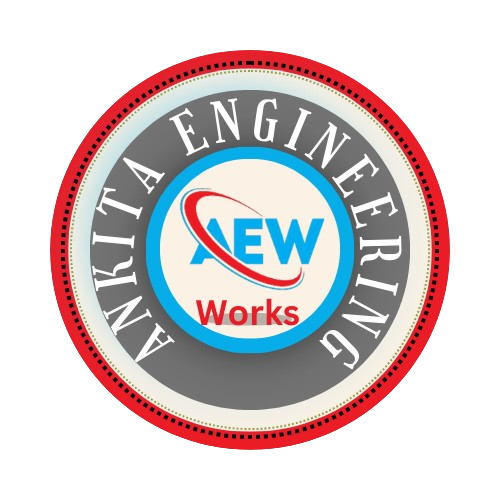
Water Tanker
Water Tanker Engineering Works involves the design, construction, and maintenance of water tanker vehicles, which are essential for the transportation and distribution of water across various sectors. Water tankers are used in both urban and rural settings to provide potable water for drinking, irrigation, firefighting, construction, and industrial applications. They can be mounted on different types of vehicles, such as trucks, trailers, or trailers coupled with tractors, to carry large volumes of water efficiently.
Key Aspects of Water Tanker Engineering Works:
1. Design & Manufacturing:
- Tank Construction: Water tankers are typically constructed from materials such as stainless steel, mild steel, fiberglass, or plastic. The tank’s design must ensure the water remains clean and uncontaminated. Stainless steel is often preferred for its durability, resistance to corrosion, and hygiene properties.
- Stainless Steel Tanks: These are commonly used in potable water transport as they are easy to clean and resistant to rust or corrosion.
- Mild Steel Tanks: These are more cost-effective but may require protective coatings to prevent corrosion over time.
- Fiberglass/Polyethylene Tanks: These materials are lightweight and corrosion-resistant, making them suitable for certain applications but may not be ideal for transporting large volumes of potable water.
- Shape and Capacity: The design of the water tanker may vary depending on the intended use, but the typical capacity ranges from 500 to 20,000 liters, or more, with common sizes being 3,000 liters, 6,000 liters, and 10,000 liters. The shape of the tank can be cylindrical, rectangular, or spherical, depending on space and weight distribution considerations.
- Tank Mounting: The tank is usually mounted onto a chassis or a specialized vehicle, depending on the type of transportation (e.g., truck-mounted, trailer-mounted, or a tanker trailer pulled by a tractor).
2. Water Distribution Mechanism:
- Pumping System: Water tankers are often equipped with pumps that help distribute water during unloading. These pumps can be powered by the vehicle’s engine (PTO-driven) or by independent engines. The pumping capacity may vary based on the size of the tanker and the pressure required for efficient water distribution.
- Centrifugal Pumps: These are commonly used in water tankers as they can handle large volumes of water and are simple to operate.
- Diaphragm Pumps: In cases where high pressure is required or in applications like firefighting, diaphragm pumps might be used.
- Valves and Outlets: Water tankers typically have several outlet valves for discharging water. The valves are placed at strategic points to facilitate controlled and regulated water flow. Depending on the design, there may be rear, side, or top-mounted discharge outlets.
- Flexible Hoses: Water tankers are often equipped with hoses for easy distribution. These hoses can be manually controlled or automated for rapid deployment. The hoses are commonly used for irrigation, firefighting, or filling stationary tanks.
- Metering System: In some applications, a metering system is installed to monitor and control the volume of water being discharged.
